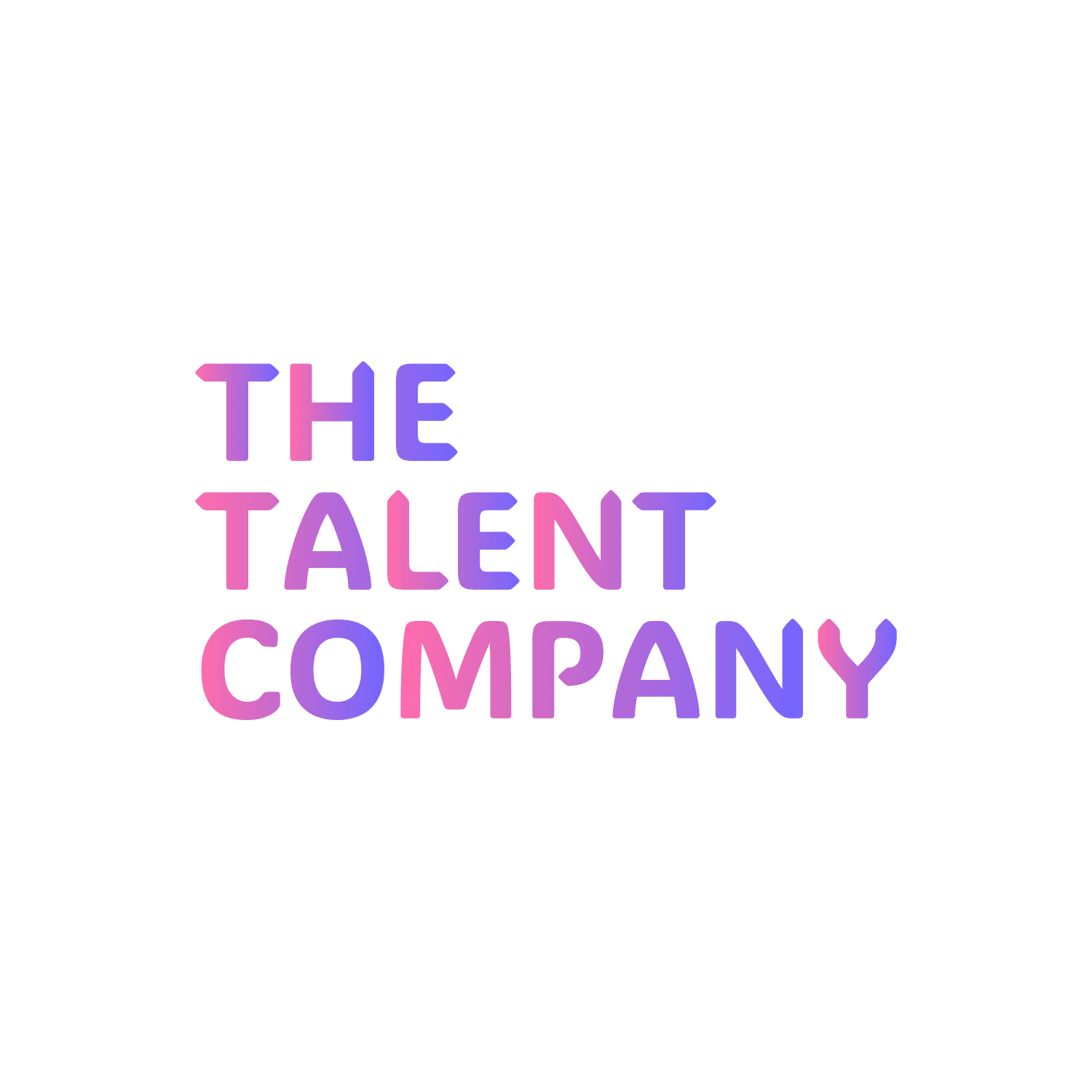Imagine you’re walking into your dream job interview at Google or Amazon. You’re feeling nervous, but you have a secret weapon: the STAR method.
The STAR method isn’t just another interview technique; it’s your way to turning stressful interviews into engaging conversations. This structured approach helps you craft powerful responses that showcase your abilities and experiences in a way that captivates interviewers.
For freshers entering the competitive world of tech giants and Fortune 500 companies, mastering the STAR method can be the difference between a “thank you for applying” email and a job offer. This technique has helped countless candidates:
- Turn simple work experiences into memorable stories
- Demonstrate problem-solving abilities with clarity
- Showcase leadership potential through structured examples
- Build confidence in handling challenging behavioral questions
Top companies like Amazon and Google specifically design their interviews to assess candidates through behavioral questions. They’re looking for clear, structured responses that demonstrate your capabilities – exactly what the STAR method delivers.
Ready to transform your interview game? Let’s explore the STAR method and discover how this powerful technique can help you stand out in your next interview, whether you’re a fresh graduate or an experienced professional looking to level up your career.

Understanding the STAR Method
The STAR method breaks down your interview responses into four essential components, creating a clear narrative that resonates with hiring managers:
- Situation: Describe the specific challenge or context
- Task: Explain your role and responsibilities in addressing the situation
- Action: Detail the specific steps you took to tackle the challenge
- Result: Showcase the positive outcomes and measurable impact of your actions
Let’s decode a behavioral interview question: “Tell me about a time when you faced a difficult deadline.”
A STAR-structured response transforms this into a compelling story:
S: “Our team discovered a critical bug in our e-commerce platform during peak shopping season.”
T: “As the lead developer, I needed to fix the issue within 24 hours to prevent revenue loss.”
A: “I prioritized the debug process, coordinated with QA teams, and implemented a hotfix solution.”
R: “We resolved the issue in 18 hours, preventing an estimated $50,000 in lost sales.”
Storytelling through the STAR method creates memorable responses that demonstrate your capabilities. When you share experiences using this structured approach, you help interviewers visualize your problem-solving abilities, leadership potential, and professional growth.
This method transforms abstract skills into concrete examples. Rather than simply claiming you’re “good at problem-solving,” you provide evidence through well-crafted stories that showcase your abilities in action.
In addition to technical roles, this approach can also be valuable for UX job interviews, where understanding user problems and providing effective solutions is key.
Preparing for Interviews with the STAR Method
Getting ready for interviews requires strategic preparation, especially when implementing the STAR method. This method, which stands for Situation, Task, Action, Result, can significantly enhance your interview performance if used correctly. Here’s a practical approach to build your interview success toolkit:
1. Create Your Experience Bank
- List 8-10 significant workplace scenarios
- Include academic projects and volunteer work
- Focus on situations that showcase leadership, problem-solving, and teamwork
2. Structure Your Stories
- Write down each experience following the STAR format
- Keep responses concise (2-3 minutes per answer)
- Include specific numbers and metrics when possible
3. Practice Delivery Techniques
- Record yourself answering common interview questions
- Listen for clarity, pacing, and tone
- Time your responses to avoid rambling
Pro Tips for Response Preparation:
- Use a spreadsheet to organize your examples
- Match stories to common interview questions
- Practice with different variations of similar scenarios
The key to mastering STAR responses lies in authentic storytelling. Your examples should feel natural, not rehearsed. Consider practicing with a friend who can provide feedback on your delivery and body language.
Remember to customize your prepared examples for each role. A story about managing a team project might need different emphasis points when interviewing for a leadership position versus a technical role.
For more detailed insights on effectively using the STAR method during interviews, refer to this comprehensive guide on the STAR method for behavioral interviews. Additionally, drawing from personal experiences can also be beneficial; you might find inspiration in this preparation journey for Google interviews which highlights the importance of thorough preparation and personal storytelling in interview success.
Adapting the STAR Method to Different Interview Types
The STAR method can be applied differently depending on the type of interview you’re facing. Here’s how you can customize this technique for specific roles:
1. Technical Interviews
- Structure your coding problem-solving stories with precision
- Break down complex technical challenges into clear components
Example STAR response:
- Situation: “During a critical software release”
- Task: “Debug a performance bottleneck affecting 10,000 users”
- Action: “Implemented database indexing and query optimization”
- Result: “Reduced load time by 60% and improved user satisfaction”
2. Sales Interviews
Example STAR response:
- Situation: “Faced a challenging market with declining sales”
- Task: “Meet quarterly targets and retain key accounts”
- Action: “Developed personalized solutions and conducted weekly check-ins”
- Result: “Increased client retention by 40% and exceeded targets by 25%”
3. Key Adaptations
- Technical roles: Emphasize problem-solving methodology
- Sales positions: Showcase customer relationship management
- Leadership roles: Highlight team collaboration and decision-making
- Project management: Focus on organizational and planning abilities
Remember to adjust your vocabulary and technical depth based on your interviewer’s background. A technical recruiter might appreciate detailed coding specifics, while a sales manager values customer-centric language.
Tips for Acing Your Interview with the STAR Method
Your STAR responses shine brightest when paired with strong non-verbal communication skills. Here’s how to deliver your stories with impact:
- Mirror Your Interviewer’s Energy – Match their speaking pace and tone while maintaining your authenticity
- Master the Power Pose – Keep your shoulders back, spine straight, and hands visible on the table to project confidence
- Make Strategic Eye Contact – Hold natural eye contact for 4-5 seconds before briefly looking away
- Use Hand Gestures Purposefully – Incorporate measured hand movements to emphasize key points in your story
- Lean in Slightly – Show engagement by tilting forward about 10 degrees when speaking
Remember to practice your STAR stories while implementing these body language techniques. Record yourself on video to identify areas for improvement in both verbal and non-verbal delivery.
A genuine smile and relaxed demeanor help create rapport with your interviewer, making your STAR examples feel like natural conversation rather than rehearsed responses.
Real-Life Examples of Successful STAR Responses
Here are three powerful STAR responses that helped candidates secure positions at top companies:
1. Leadership Example:
- Situation: “Our e-commerce platform faced a 30% drop in user engagement.”
- Task: “As the product team lead, I needed to identify the root cause and implement solutions.”
- Action: “I organized user testing sessions, analyzed feedback data, and led a cross-functional team to redesign the user interface.”
- Result: “Within three months, user engagement increased by 45%, and customer satisfaction scores improved by 60%.”
2. Problem-Solving Example:
- Situation: “A critical client threatened to leave due to recurring software bugs.”
- Task: “I was assigned to resolve the issues and rebuild client trust.”
- Action: “I implemented a new QA process, conducted daily check-ins with the client, and personally oversaw all deployments.”
- Result: “We retained the $2M account, and the client became a reference for three new business opportunities.”
3. Teamwork Example:
- Situation: “Two team members had conflicting approaches to a marketing campaign.”
- Task: “As project coordinator, I needed to resolve the conflict without compromising the project timeline.”
- Action: “I organized a workshop to merge both ideas, creating a hybrid approach that incorporated the strengths of each strategy.”
- Result: “The campaign exceeded targets by 25%, and both team members requested to work together on future projects.”
These examples demonstrate how structured storytelling can transform ordinary experiences into compelling narratives that resonate with interviewers.
Key Learning Points:
- Focus on specific, measurable outcomes
- Include relevant metrics and numbers
- Keep responses concise yet detailed
- Highlight personal contributions while acknowledging team effort
Conclusion & Next Steps
The STAR method is your secret weapon for interview success. With this powerful technique, you’ll turn your experiences into compelling stories that captivate interviewers and showcase your true potential.
Your next interview is an opportunity to shine – to demonstrate your skills, share your achievements, and prove your value to potential employers. The STAR method helps you do exactly that, turning nervous moments into confident conversations.
Ready to take your interview skills to the next level?
Top Recruitment firms like The Talent Company offers specialized coaching services designed to help you:
- Master the STAR technique through personalized practice sessions
- Build a portfolio of powerful interview stories
- Develop the confidence to tackle any behavioral question
- Perfect your delivery and body language
Don’t leave your dream job to chance. Connect with top talent acquisition firms like The Talent Company’s expert coaches today and unlock your full potential in your next interview.
Frequently Asked Questions:
What is the STAR method and why is it important for job interviews?
The STAR method stands for Situation, Task, Action, and Result. It is a structured approach to answering behavioral interview questions by providing clear and concise examples from your past experiences. Mastering the STAR technique can significantly enhance your chances of success in interviews, especially for freshers aiming to crack competitive positions at companies like Amazon and Google.
How can I prepare compelling examples using the STAR format?
To prepare compelling examples using the STAR format, identify relevant experiences from your past that demonstrate your abilities. Break down each experience into the four components: describe the Situation, outline the Task you needed to accomplish, explain the Actions you took, and share the Results of your efforts. Practicing these responses aloud will also help ensure clarity and confidence during the actual interview.
Can I use the STAR method in technical interviews?
Yes, you can effectively use the STAR technique in technical interviews as well. While coding challenges or problem-solving scenarios may not fit neatly into all aspects of STAR, you can still apply it by framing your thought process. For example, describe a Situation related to a technical problem, outline the Task at hand, detail the Actions you took to solve it, and discuss the Result of your solution.
What are some tips for engaging with interviewers while using the STAR method?
Engaging with body language and maintaining eye contact are crucial when delivering STAR responses. This helps establish rapport with your interviewer and enhances your communication effectiveness. Additionally, be mindful of your tone and pace while speaking to convey confidence and enthusiasm about your experiences.
Can you provide examples of successful STAR responses?
Analyzing real-life examples of successful STAR responses reveals key lessons learned from candidates’ experiences. For instance, a candidate might describe a challenging project (Situation), outline their role (Task), detail how they collaborated with team members (Action), and conclude with positive feedback received or goals achieved (Result). These narratives illustrate effective use of storytelling that resonates well with interviewers.
What should I do next if I want personalized guidance in preparing for my interviews?
If you’re seeking personalized guidance in preparing for upcoming interviews, consider reaching out to top recruitment consulting firms like The Talent Company. They offer professional coaching services tailored to help candidates excel in their job search journey by leveraging techniques like the STAR method.





